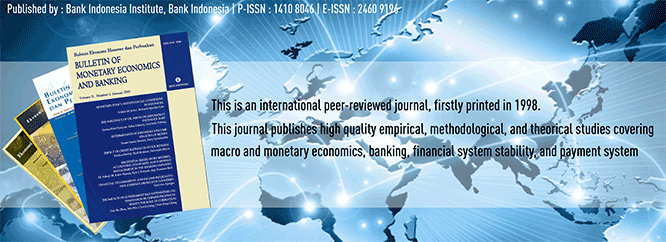
Document Type
Article
Abstract
This paper analyzes the impact of fuel subsidy diversion to Non-Food Crops sector on income levels, using AGEFIS; a Computable General Equilibrium model. Then we proceed to apply the Foster-Greer-Thorbecke (FGT) index to measure the indicators of poverty (head count index, poverty gap index and poverty severity index). The simulation result shows the fuel subsidy diversion to Non-Food Crops sector provides a positive impact on increasing household incomes and poverty reduction. Furthermore, the fuel subsidy diversion to Non-Food Crops sector reduces the poverty of rural household, larger than the urban households.
Recommended Citation
Maipita, Indra; Hermawan, Wawan; and Fitrawaty, Fitrawaty
(2012)
"REDUCING POVERTY THROUGH SUBSIDIES: SIMULATION OF FUEL SUBSIDY DIVERSION TO NON-FOOD CROPS,"
Bulletin of Monetary Economics and Banking: Vol. 14:
No.
4, Article 1.
DOI: https://doi.org/10.21098/bemp.v14i4.412
Available at:
https://bulletin.bmeb-bi.org/bmeb/vol14/iss4/1
First Page
349
Last Page
366
Creative Commons License

This work is licensed under a Creative Commons Attribution-NonCommercial 4.0 International License
Country
Indonesia
Affiliation
Universitas Negeri Medan







